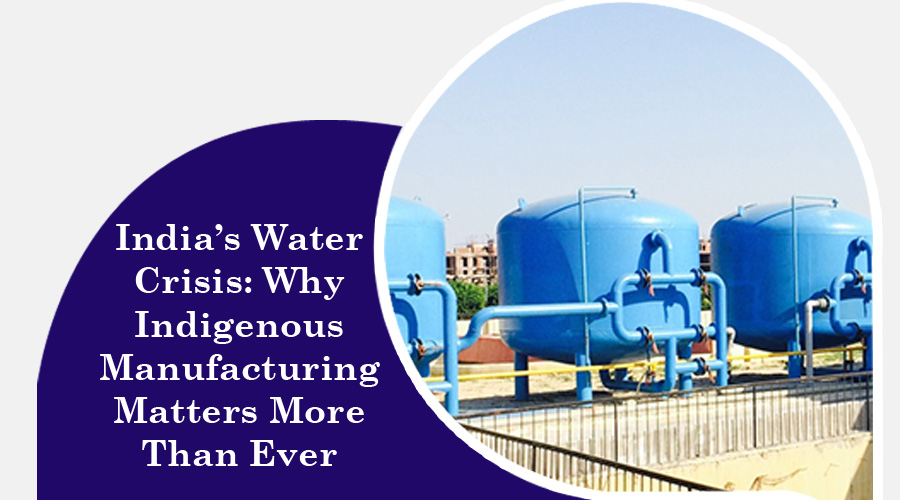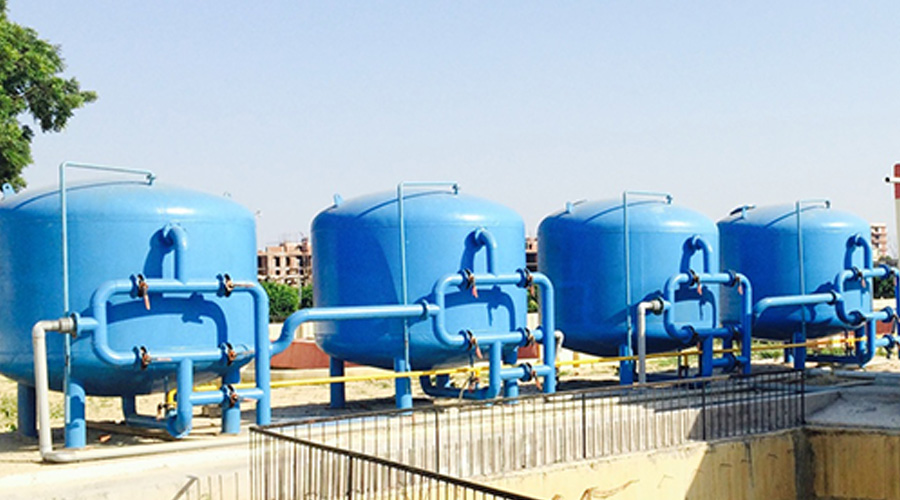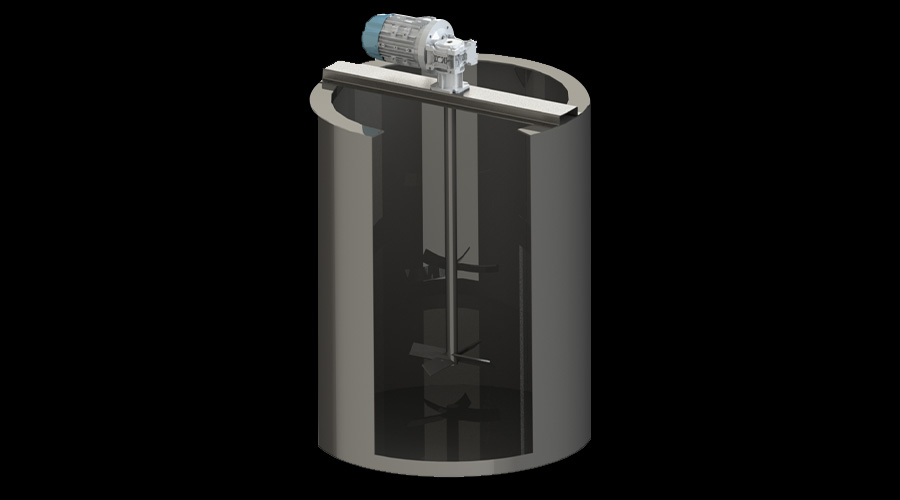India, which has 18 per cent of the world’s population, has access to just 4 per cent of the global freshwater resources. This disparity has fueled what is now a full-blown water crisis that imperils not just public health but looms, like a risk over the land. The water crisis is a risk to the country’s economic aspirations. Nowhere is the crisis more acute and problematic however than in industrial sectors, which require water as an essential production input.
With the expansion of India’s manufacturing industry, sustainable water management cannot be delayed. For companies like Micro Transmission System is the Make in India water treatment company, use of indigenous manufacturing matters the most.
Indigenous Manufacturing: A Strategic Imperative
Native production implies the local manufacture of goods utilising local resources, labour and innovation. Given India’s water crisis, indigenous manufacturing has a few positives:
Less Reliance on Imports: If India started making its own goods, it could limit the water footprint of imports (in other countries with high water usage) as well.
Localized Water Management: Indian wastewater equipment suppliers can provide regional water management systems, including the harvesting of rainwater and the use of recycled wastewater and other locally-appropriate measures to respond to local needs.
Innovation and Sustainability: On-site manufacturing drives the development of water-saving technology, including Zero Liquid Discharge (ZLD) systems and bio-based water treatment methods.
Role of Native Manufacturing in Water Saving
Domestic producers can install water saving technologies on their premises. The construction of decentralized water storage systems such as rainwater harvesting structures and small reservoirs can help industries reduce their dependence on external water bodies.
Government policies that promote such initiatives can further provide support to indigenous manufacturers when it comes to adopting sustainable means and methods. Another vital strategy is wastewater treatment infrastructure investment. Manufacturers can greatly reduce their reliance on fresh water, as well as their impact on the surrounding ecosystem.
Conclusion
India has a water crisis that both requires urgent attention and action over the long term. For companies like Micro Transmission Systems, the crisis is an opportunity to set an example for sustainable manufacturing. They are actively working on improving the water problem in India. They are also working on local manufacturing STP systems.
On the supply side, indigenous manufacturers can have a significant impact on the water crisis via use of water saving technologies, dialogue with other key stakeholders and advocating policy changes by actively contributing to economic development as well as environmental sustainability.



